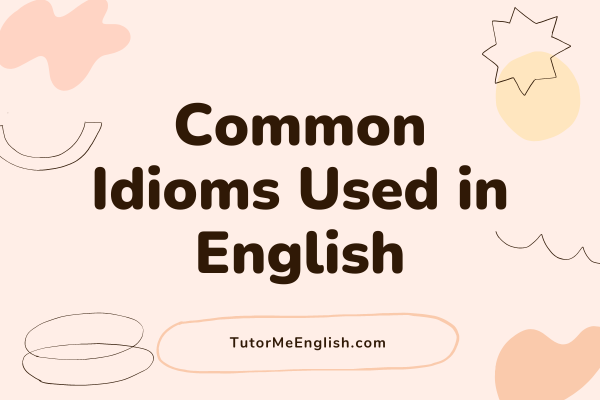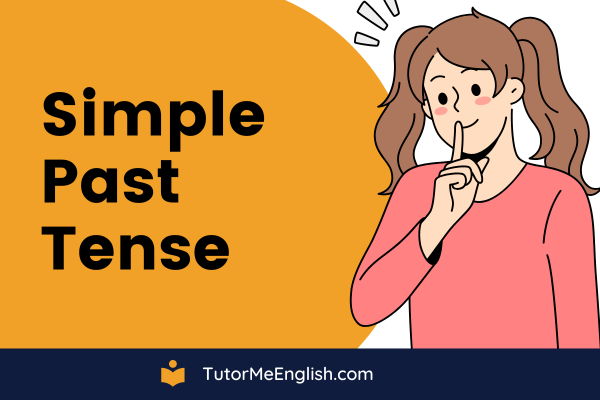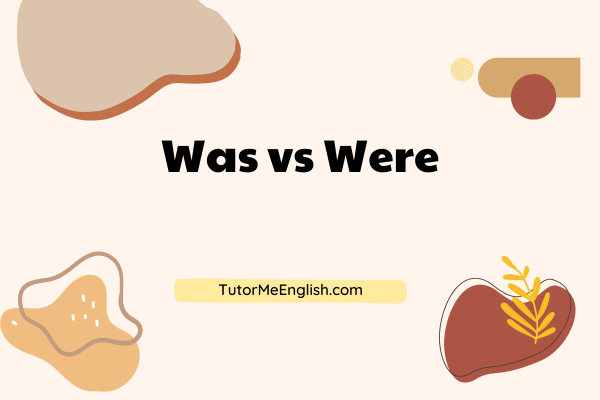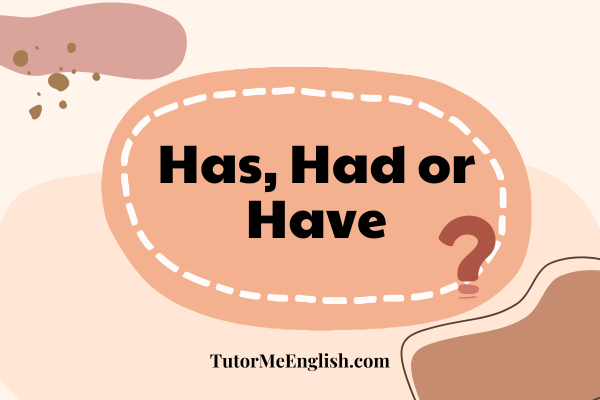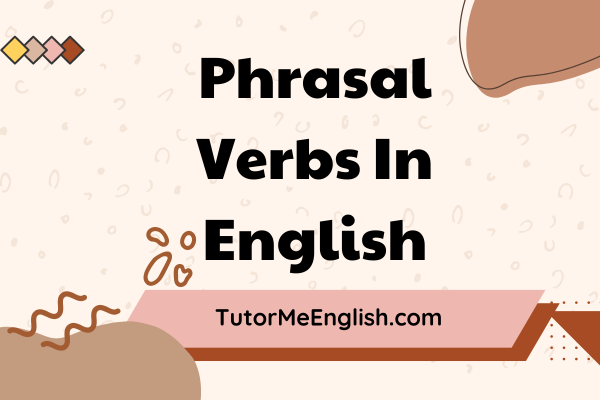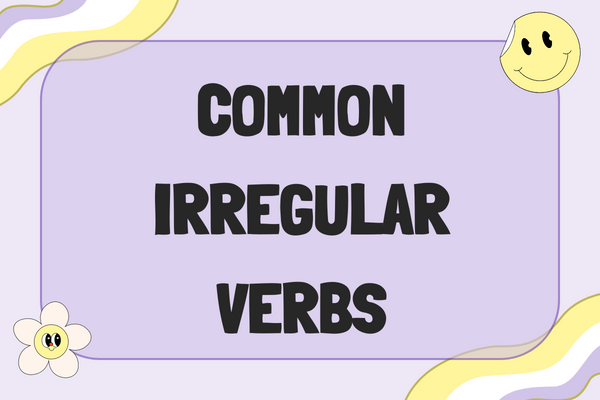Learn the 4 Types of Conditionals: Zero, First, Second, and Third Conditionals Explained
Conditionals are “if sentences” that express conditions and possible consequences. They are useful structures to know if you want to talk about hypothetical situations.
In today’s lesson, we’ll explore these.
There are four main types of conditional sentences in English: zero conditional, first conditional, second conditional, and third conditional.
Zero conditional
The zero conditional is used for general truths.
Structure: if + present simple + present simple
Meaning: A general fact that is always true. It is used to express general truths and facts that always apply. The “if” part expresses a condition, and the second part states what generally happens as a result.
The key points to note about these zero conditional:
• Both the “if” clause and main clause use the present simple tense
• They express general truths – what will always happen if the condition is met
• There is no element of probability, imagination or counterfactuality – they state factual condition-result relationships.
Examples of zero conditional sentences
- If you study English regularly, you improve.
- If you do the exercises in your textbook, your grammar gets better.
- If you listen to English podcasts, you hear natural pronunciation.
- If you speak English with native speakers, your fluency increases.
- If you make mistakes, you learn and get better.
First conditional
The first conditional is used for probable future conditions.
Structure: if + present simple, will/can/may + base form
Meaning: The condition in the “if” clause is possible or probable, so the result in the main clause is likely but not certain. It is used to talk about probable future consequences if a given condition is met. The “if” clause expresses something possible or likely to happen, so the result in the main clause is probable but not certain.
Some key points about the first conditional:
• The “if” clause uses the present simple
• The main clause uses a modal verb like “will,” “can” or “may” followed by the base form of the verb
• They express probable results – what will likely happen in the future if the condition is met
• There is an element of possibility and probability but not certainty
Examples of first conditional
- If I study for the test, I will pass.
- If you practice your pronunciation, your accent will improve.
- If he applies for the job, he will probably get an interview.
- If we leave now, we can make it in time.
- If she studies English grammar, she can speak more accurately.
Second conditional
The second conditional is used for unlikely or imaginary conditions in the present or future.
Structure: if + past simple, would/could/might + base form
Meaning: The condition is unlikely or imaginary, so the result is unlikely. It is used to talk about unlikely or imaginary present/future consequences if a given condition was met. Since the condition is unlikely or imaginary, the result is also unlikely or imaginary.
Some key points about the second conditional:
• The “if” clause uses the past simple tense
• The main clause uses modal verbs like “would,” “could” or “might” followed by the bare infinitive form of the verb
• They express unlikely or imaginary results – what would likely happen if the improbable condition was met
• Both the condition and result are viewed as unlikely or imaginary
• The time frame can be present or future.
Examples of second conditional
- If I won the lottery, I would travel around the world.
- If you got a raise, you could buy that car you wanted.
- If it didn’t rain so much, we might go to the beach more often.
- If he studied English literature, he could read books in the original.
- If she had more free time, she would practice her hobbies.
Third conditional
The third conditional is used for imagined possibilities in the past.
Structure: if + past perfect, would have + past participle
Meaning: The condition did not happen in the past, so the result is something that also did not happen. It expresses imagined consequences in the past under a condition that did not actually happen. Both the condition and result are viewed as impossible because they are counter to what actually occurred.
Some key points about the third conditional:
• The “if” clause uses the past perfect tense
• The main clause uses a modal verb like “would/could/might” followed by “have” and the past participle
• They express imagined results – what would have happened if an impossible past condition had been met
• Both the condition and result are viewed as impossible because they conflict with reality
• The time frame is in the past
Examples of third conditional
- I would have passed the test if I had studied more.
- You could have got the job if you had more experience.
- He might not have failed the class if he had attended more lectures.
- We would have finished the project on time if we hadn’t made so many mistakes.
- She could have improved her English quickly if she had studied with a tutor.
How to memorize the 4 types of conditionals
Here are some tips for memorizing the structures of each type of conditional:
• Associate each number with an image.
For example:
Zero conditional – think of the number 0 as a big clock face – something that is always true like a general fact.
First conditional- imagine the number 1 as making the first move towards something probable in the future.
Second conditional – picture the number 2 as a pedestrian crossing sign – indicating something unlikely or imaginary.
Third conditional – visualize the number 3 as a turned page – something that cannot be changed because it is in the past.
• Make up mnemonics or memory phrases to remember the verb forms for each conditional:
For example:
Zero conditional – “Present simple meets present simple”
First conditional – “Present meets future action”
Second conditional – “Past meets would action”
Third conditional – “Perfect past meets would have done”
•Make sentences
Practice forming sample sentences of each type repeatedly over time to internalize the structures and verb forms. The more you actively use the grammar, the easier it will be to remember.
• Use flashcards
Record the structures on flashcards or in a Student Resource Scheme (SRS) flashcard program like Anki to periodically review them.
Finally
Here are some exercises to practice each type of conditional:
Zero Conditional
Rewrite the following sentences as general truths using ‘if’ and the zero conditional structure:
Buying tomatoes in winter is difficult.
-> If you buy tomatoes in winter, they are difficult to find.
Cooking pasta needs a lot of water.
-> If you cook pasta, it needs a lot of water.
First Conditional
Form sentences using the prompts and the first conditional structure:
I/ give up/ if/ the work/ too difficult
-> If the work is too difficult, I will give up.
She/ cry /if/ she/ see/ her old dog
-> If she sees her old dog, she will cry.
Second Conditional
Rewrite the following sentences using the second conditional structure:
If I had enough money, I would travel around the world.
If it didn’t rain so much, I would walk to work more often.
Third Conditional
Form sentences using the prompts and the third conditional structure:
he/lose/ if/ he/ study/more
-> He would have lost if he had studied more.
They/pass/the exam/if/they/revise/their notes
-> They would have passed the exam if they had revised their notes.
With consistent review and practice forming sentences of your own, the conditional structures will become more automatic over time.
Remember you can reach out to us on Instagram if you have questions or topics you’d like to see us cover in a future article.

